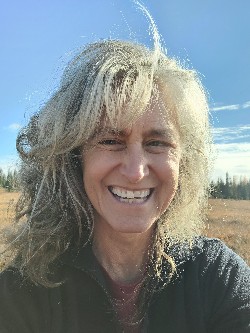Kai Coshow Rains
Research Associate Professor

The central theme of my research is ecosystem response to environmental stress such as land use change, inundation, and soil nutrient limitations. I study response at the organismal level, including root growth and mycorrhizal associations and at the landscape level such as application of geospatial tools to natural resource assessment and management with a focus on waters and wetlands.

